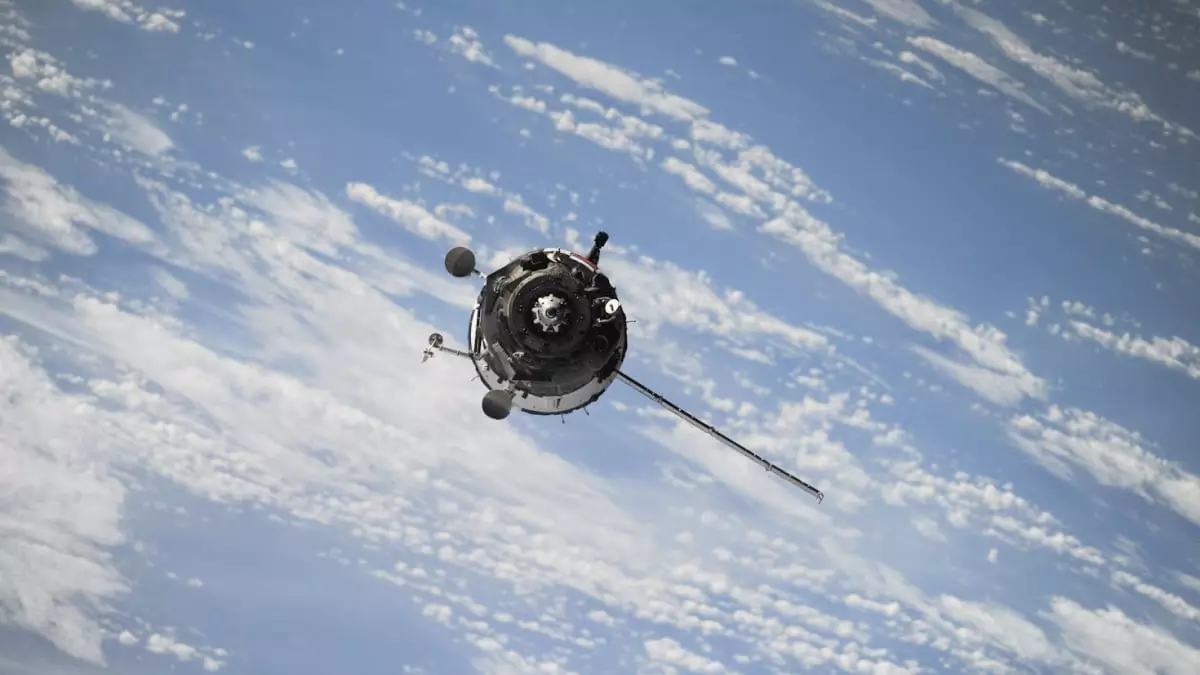The recent discoveries made by the James Webb Space Telescope (JWST) have brought into question the longstanding belief that asteroid 16 Psyche is the core remnant of a protoplanet. Despite initial assumptions, the presence of hydrated minerals on Psyche’s surface, such as hydroxyl and possible water molecules, has complicated our understanding of this celestial body’s composition and its significance in the early solar system.
The detection of hydrated minerals on Psyche raises new doubts and uncertainties about its origins. These minerals, which could have originated from impacts with other water-containing asteroids, challenge the traditional theories regarding Psyche’s formation. Moreover, the possibility that these substances came from within Psyche itself suggests a departure from existing hypotheses about its composition and evolution.
The presence of hydrated minerals on Psyche’s surface hints at the intriguing possibility that this metallic asteroid may have migrated from a colder, outer region of the solar system. The concept that Psyche’s materials came from beyond the “snow line,” where water ice was more prevalent in the early solar system, introduces a new perspective on its history. This scenario challenges the assumption that Psyche is solely a core remnant and opens the door to alternative explanations for its existence.
The uneven distribution of hydration on Psyche’s surface suggests that external impacts, rather than internal processes, played a significant role in introducing these minerals to the asteroid. This observation adds another layer of complexity to the ongoing debate surrounding Psyche’s origins and evolution.
With NASA’s Psyche mission set to arrive at the asteroid in 2029, there is hope for definitive answers to the mysteries surrounding Psyche. This upcoming mission aims to conduct a thorough analysis of Psyche’s composition and history, providing valuable insights into the formation of metallic asteroids and refining our knowledge of the early solar system. The findings from this mission have the potential to revolutionize our understanding of planetary evolution and the history of the solar system as a whole.
The recent observations made by the JWST have raised more questions than answers regarding asteroid 16 Psyche. The detection of hydrated minerals on its surface challenges established theories and opens up a world of possibilities for further research and exploration. As we eagerly await the arrival of the Psyche mission, we anticipate a wealth of new information that will reshape our understanding of this enigmatic celestial body.


Leave a Reply